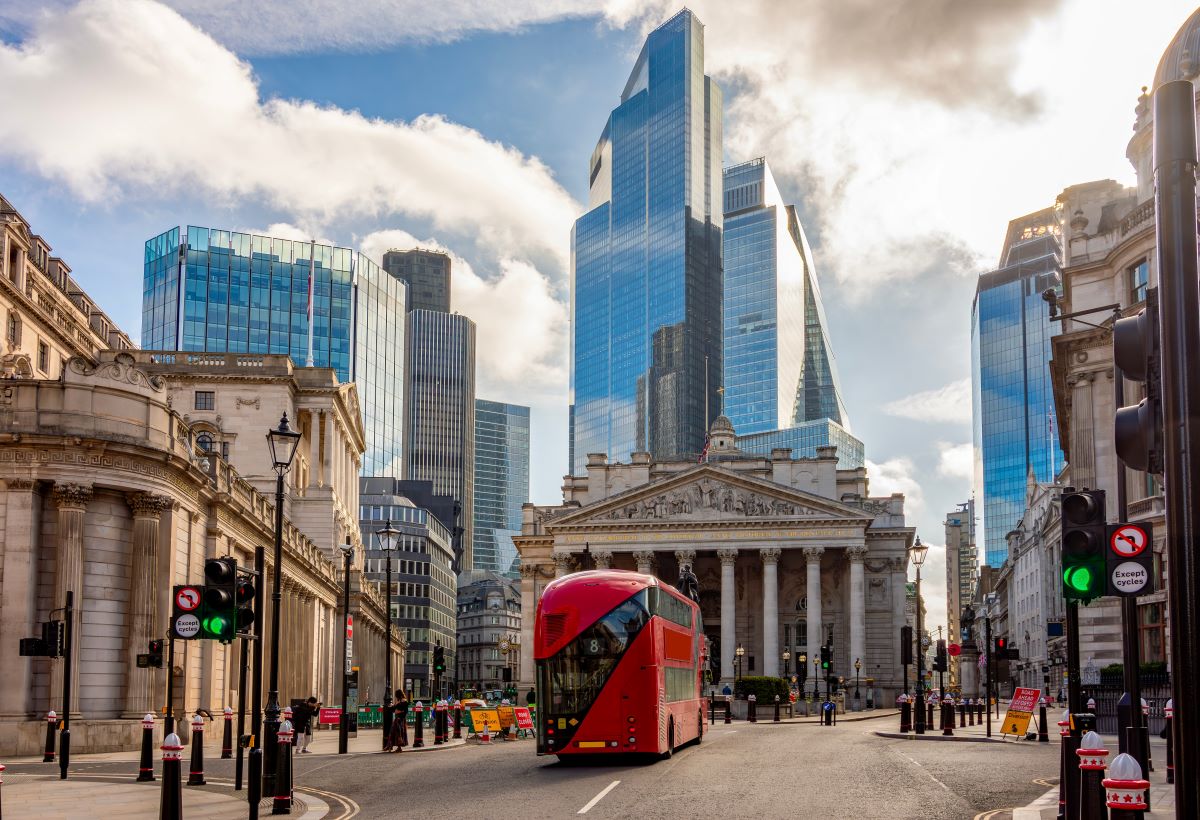As the UK economy gains strength, slowing wage growth raises new questions about the road ahead. Here’s the full story.
Signs of Recovery

The UK economy finally appeared to show signs of recovery in the second quarter of 2024, expanding by 0.6% between April and June. The growth rate of 0.7% in the first quarter suggested an economic rebound following the recession the country fell into in 2023.
Services Drive Growth

The growth was primarily driven by the services sector, which is pivotal to the overall health of the UK economy. Strong growth was recorded for the IT, legal, and research sectors.
“Economy Has Grown Strongly”

Liz McKeown, Director of Economic Statistics at the Office for National Statistics (ONS), told the BBC, “The UK economy has now grown strongly for two quarters, following the weakness we saw in the second half of last year.”
Manufacturing and Construction Struggle

While the services sector thrived, other areas of the economy struggled. Between April and June, output in both the manufacturing and construction sectors declined.
Mixed Manufacturing Results

Manufacturing showed mixed results, with overall quarterly output down, though there was some improvement in June. In contrast, the construction sector faced a slight dip, with a 0.1% decline in output. New building projects were particularly sluggish, though repair and maintenance work provided some cushion against a sharper downturn.
Delayed Economic Improvement

Despite some promising signs, the ONS noted that “any improving sentiment is not expected to translate to activity until later this year.”
Easing Inflation Pressures

In other positive economic news for families that faced the dual problems of a cost of living crisis and sky-high inflation over the last few years, underlying inflation pressures showed signs of easing.
Inflation Rate Increase

In July, the UK’s inflation rate increased to 2.2% from the previous 2.0%, driven by the removal of last year’s steep energy price cuts from the annual comparison.
Focus on Services Inflation

The Bank of England (BoE) has closely monitored services inflation due to its significant impact on the overall inflation outlook. This decline in services inflation, coupled with a slowdown in wage growth, has led to increased speculation that the BoE might implement further interest rate cuts.
Slowing Wage Growth
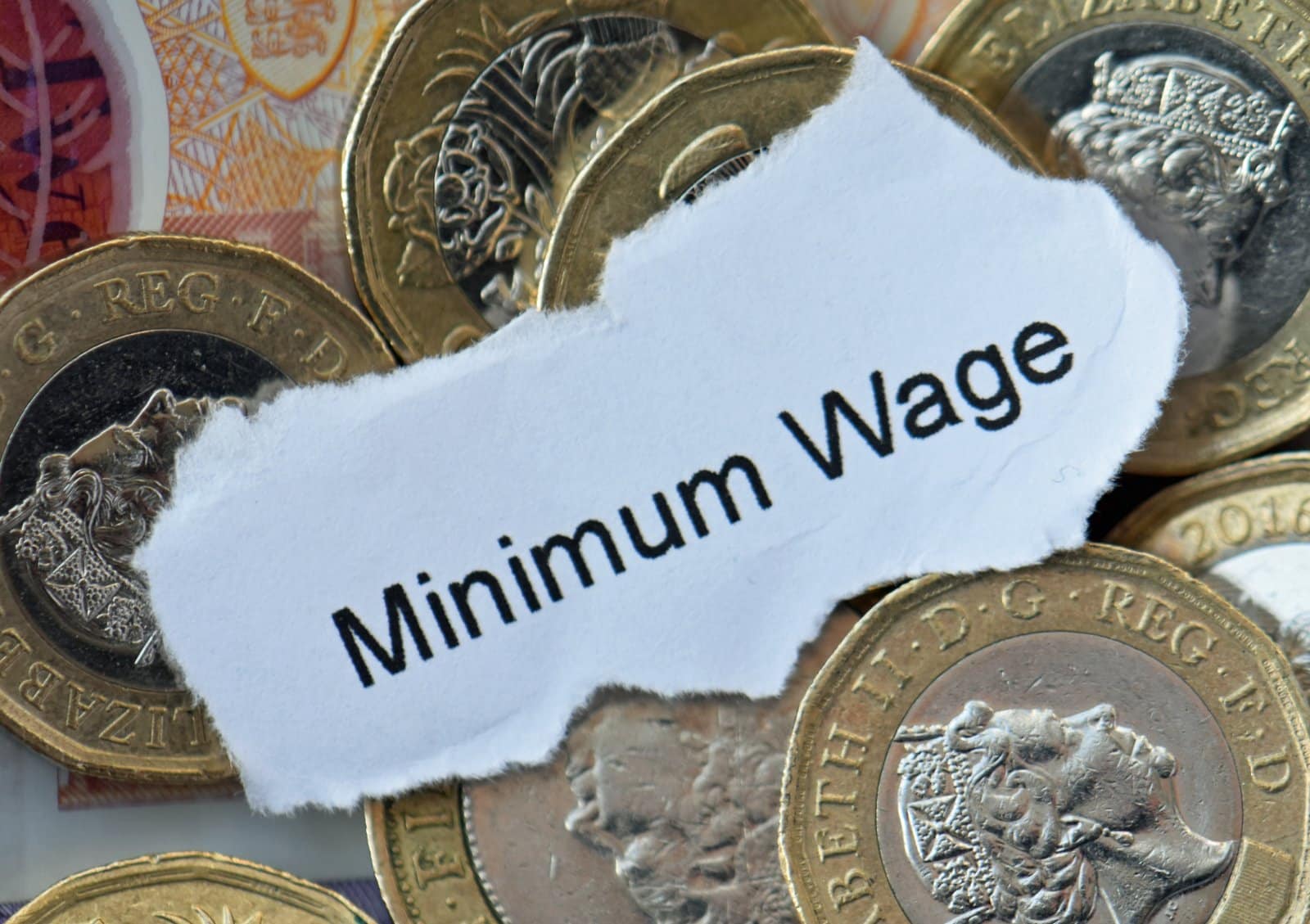
According to the ONS, average wages, including bonuses, grew by 4.5% in the three months before June, the slowest pace in over two years.
Effect of NHS Pay
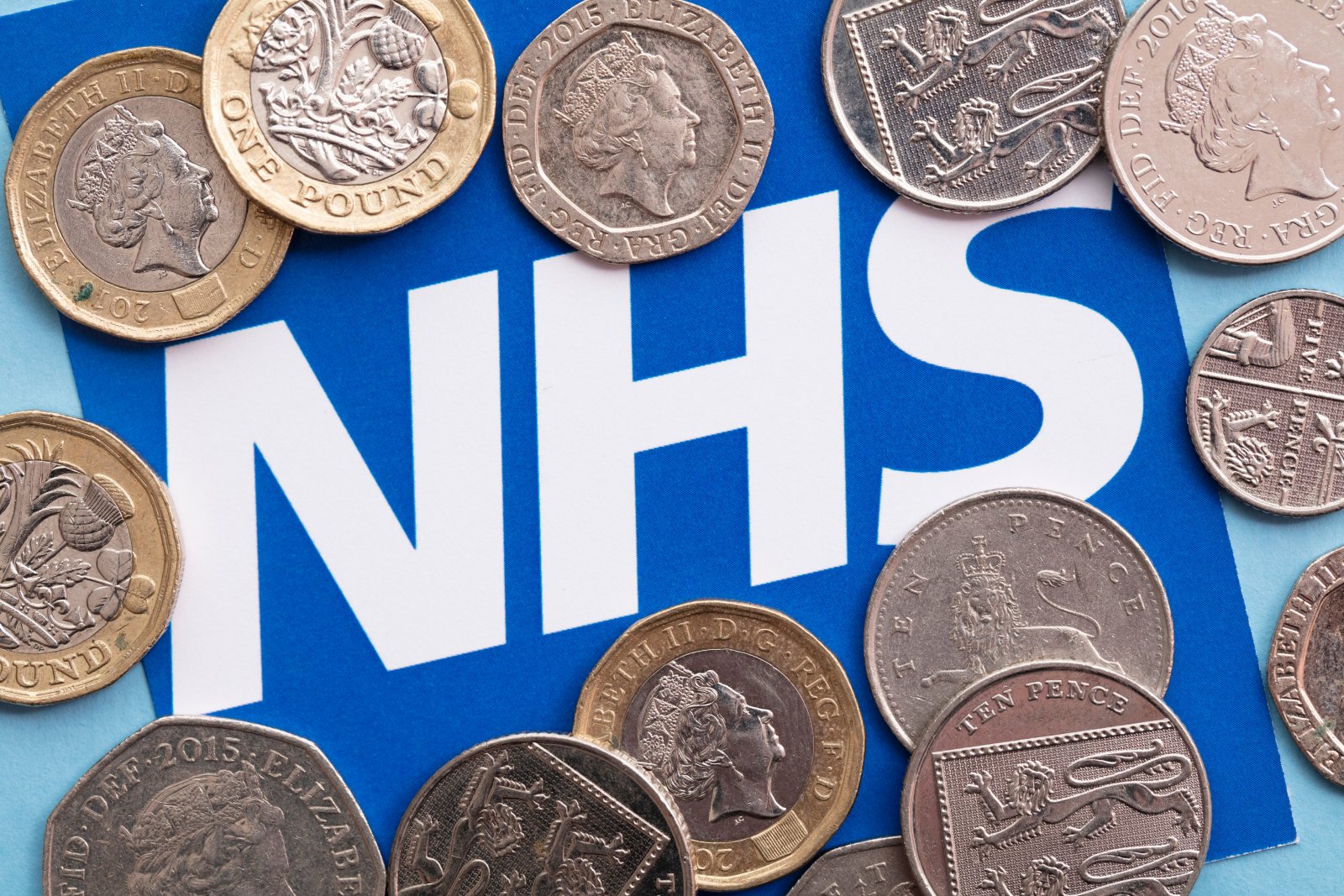
This deceleration is partly due to the comparison with an inflated figure from the previous year, which included a substantial one-off payment to National Health Service workers on strike for extended periods for better pay and conditions.
Cooling Labour Market
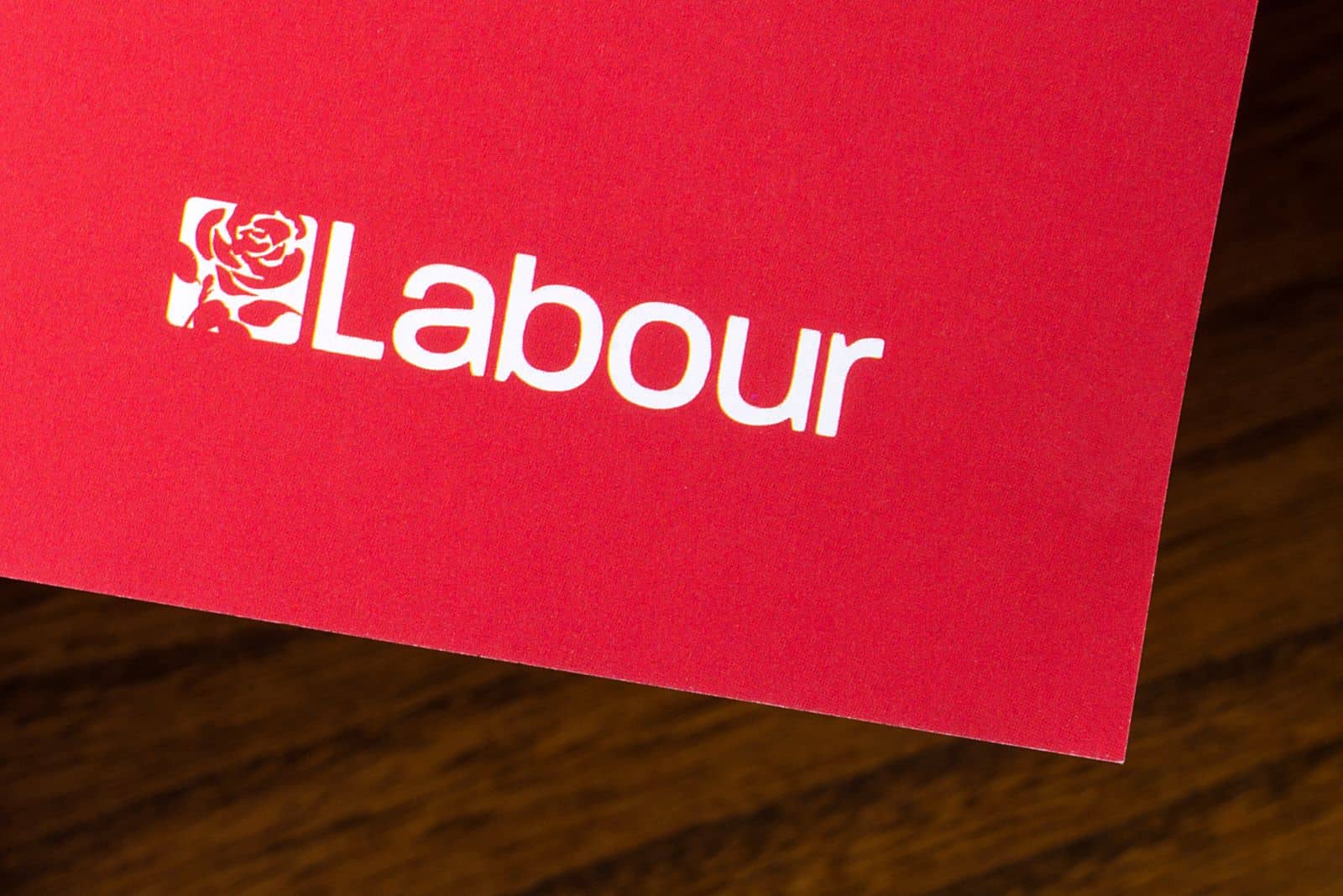
Excluding bonuses, regular pay increased by 5.4%, still the slowest rate since July 2022. The cooling labour market, a rise in unemployment benefit claims, and a decline in job vacancies suggest that wage-driven inflationary pressures may be easing.
Speculation on Rate Cuts

The combination of easing inflationary pressures and slowing wage growth has led to speculation about further interest rate cuts by the Bank of England. Financial markets have already adjusted in anticipation, with the pound falling against the dollar and euro.
“Odds of Rate Cut Rising”

Sanjay Raja, an analyst at Deutsche Bank, noted, “While not our base case, the odds of a back-to-back rate cut are on the rise. A September rate cut should no longer be off the table.”
BoE’s Cautious Stance
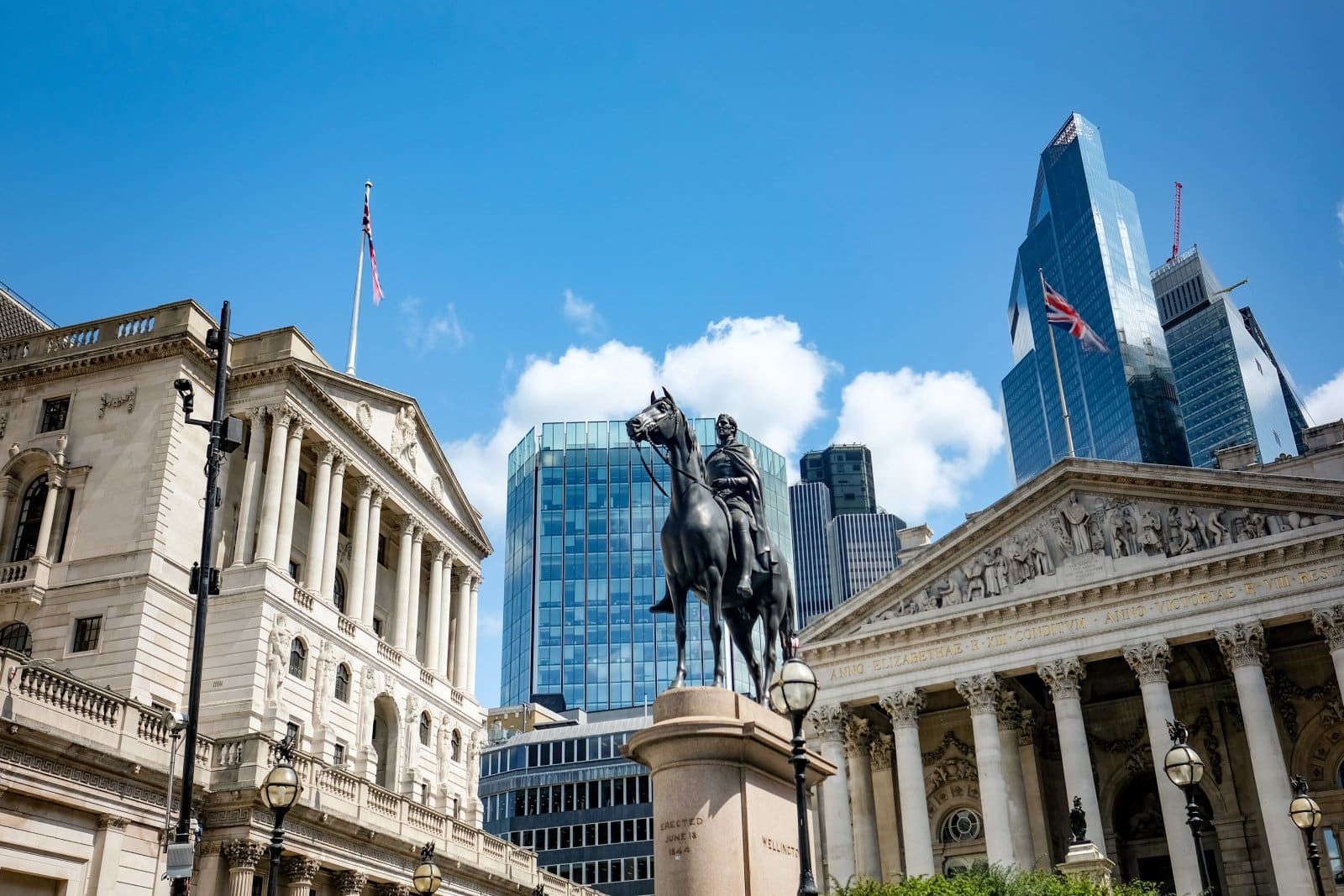
However, the BoE remains cautious, with some members of its Monetary Policy Committee still expressing concerns about persistent inflation risks.
Chancellor Acknowledges Challenges
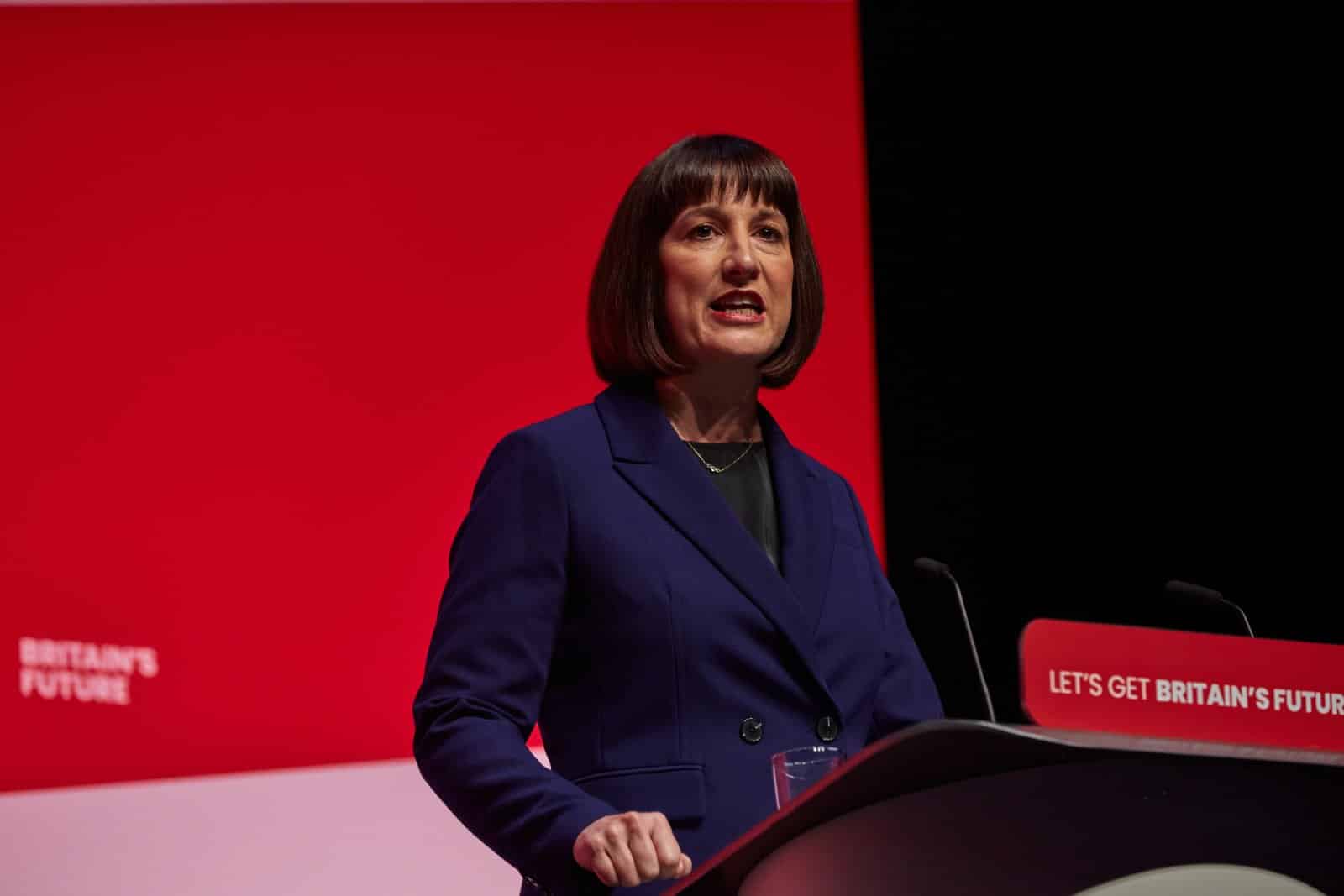
Chancellor Rachel Reeves acknowledged the difficulties ahead, stating, “The new government is under no illusion as to the scale of the challenge we have inherited after more than a decade of low economic growth.”
Disagreement on Economic Outlook
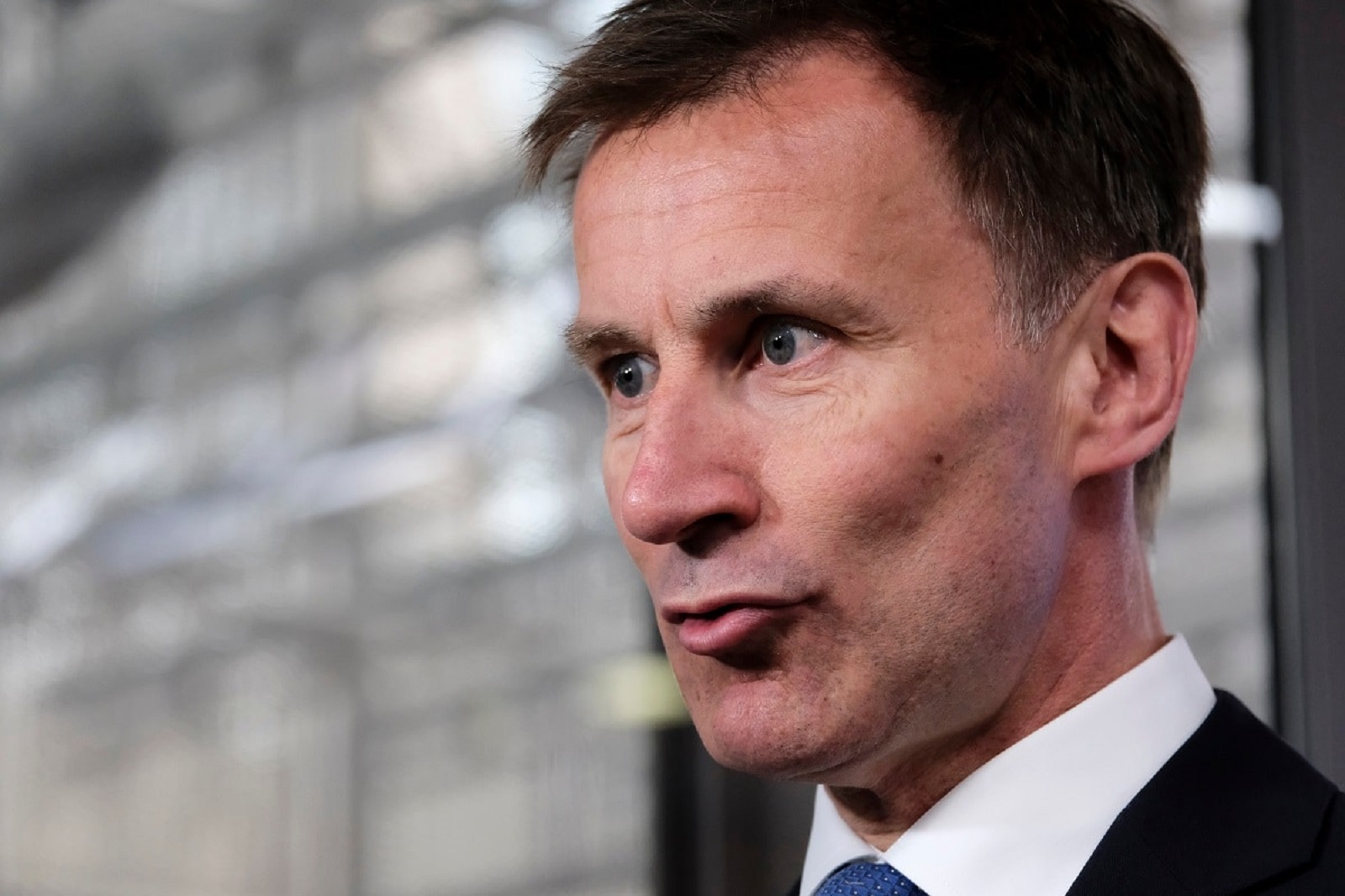
However, shadow Chancellor Jeremy Hunt disagreed, arguing that Reeves was massively overstating the economic challenges Labour claims to have been left by the previous Conservative government, arguing that the positive economic outlook was proof that “Labour have inherited a growing and resilient economy.”
Cautious Optimism for Future
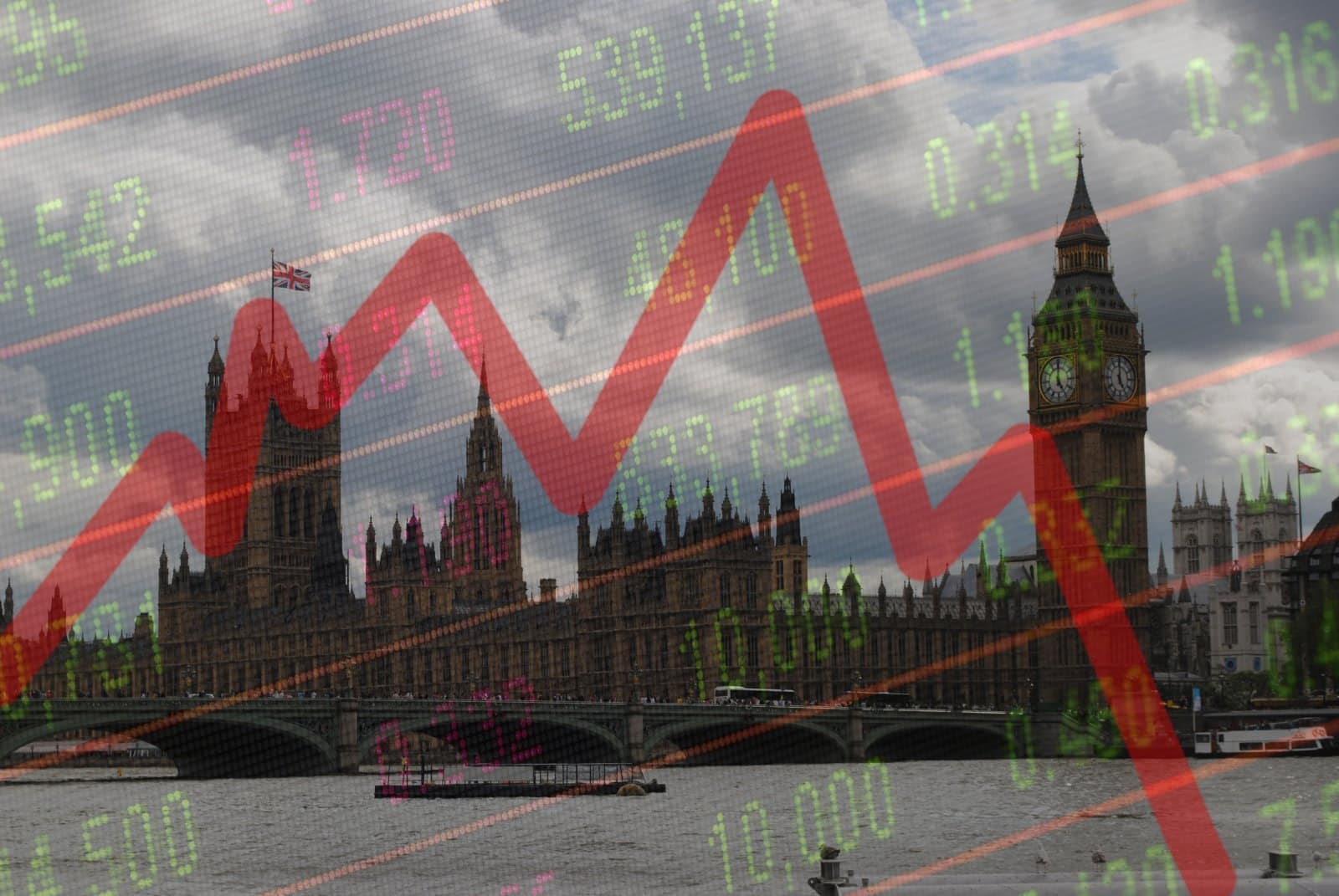
Looking ahead, the UK’s economic outlook remains cautiously optimistic. While the economy has shown resilience in the first half of 2024, there are concerns that growth may slow in the latter half of the year, particularly if high interest rates continue to weigh on business activity.
Potential Summer Slowdown

As Anna Leach, the Institute of Directors’ Chief Economist, noted, businesses reported “modest activity for the summer months,” which could signal a potential slowdown.
“No Quick Fixes”
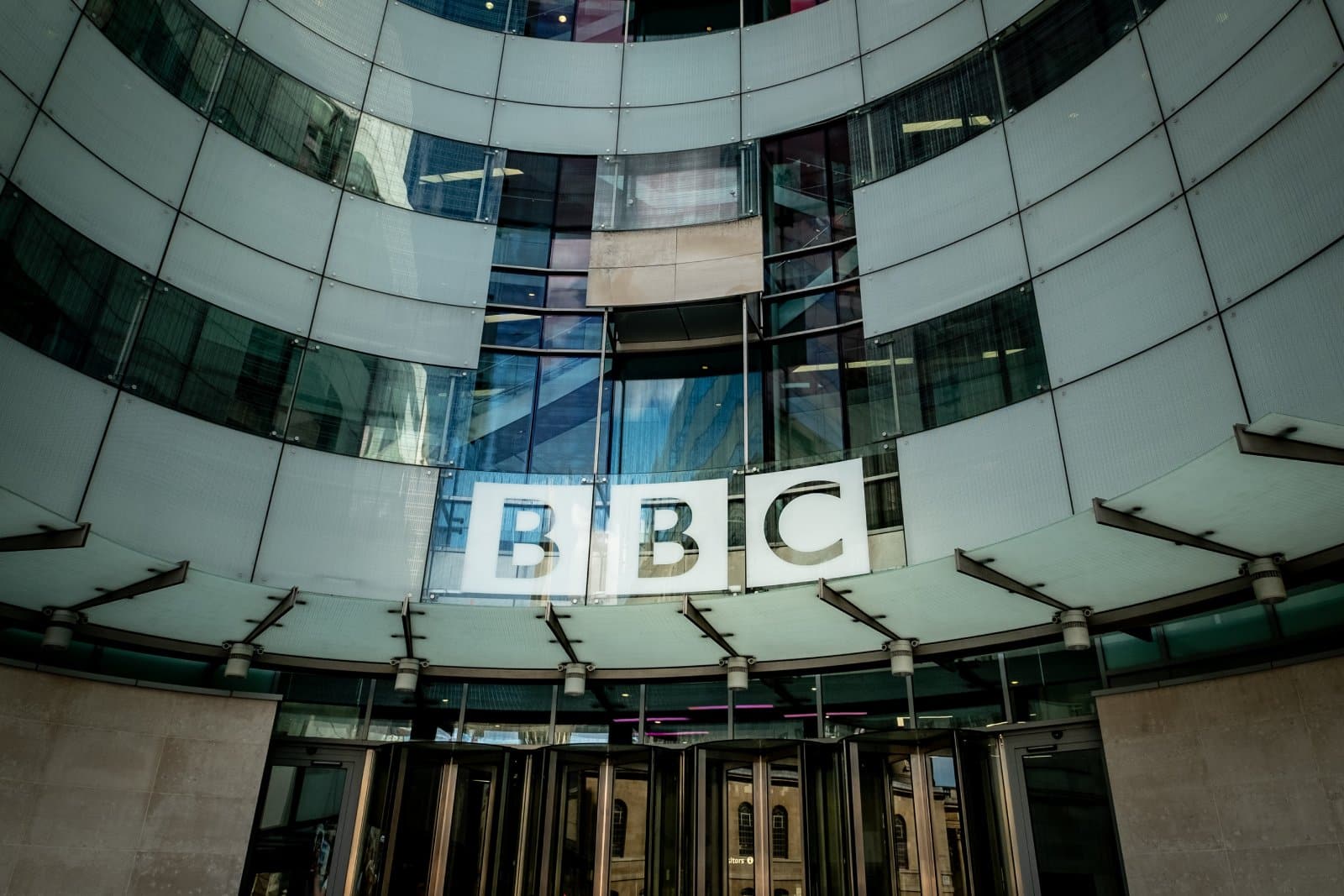
She told the BBC, “The challenge for government is to firmly lift the UK’s growth performance out of the doldrums. There are no quick fixes here: we’ll need the government to follow through on its manifesto commitments to set and stick with long-term infrastructure investment plans.”
Momentum in Recovery
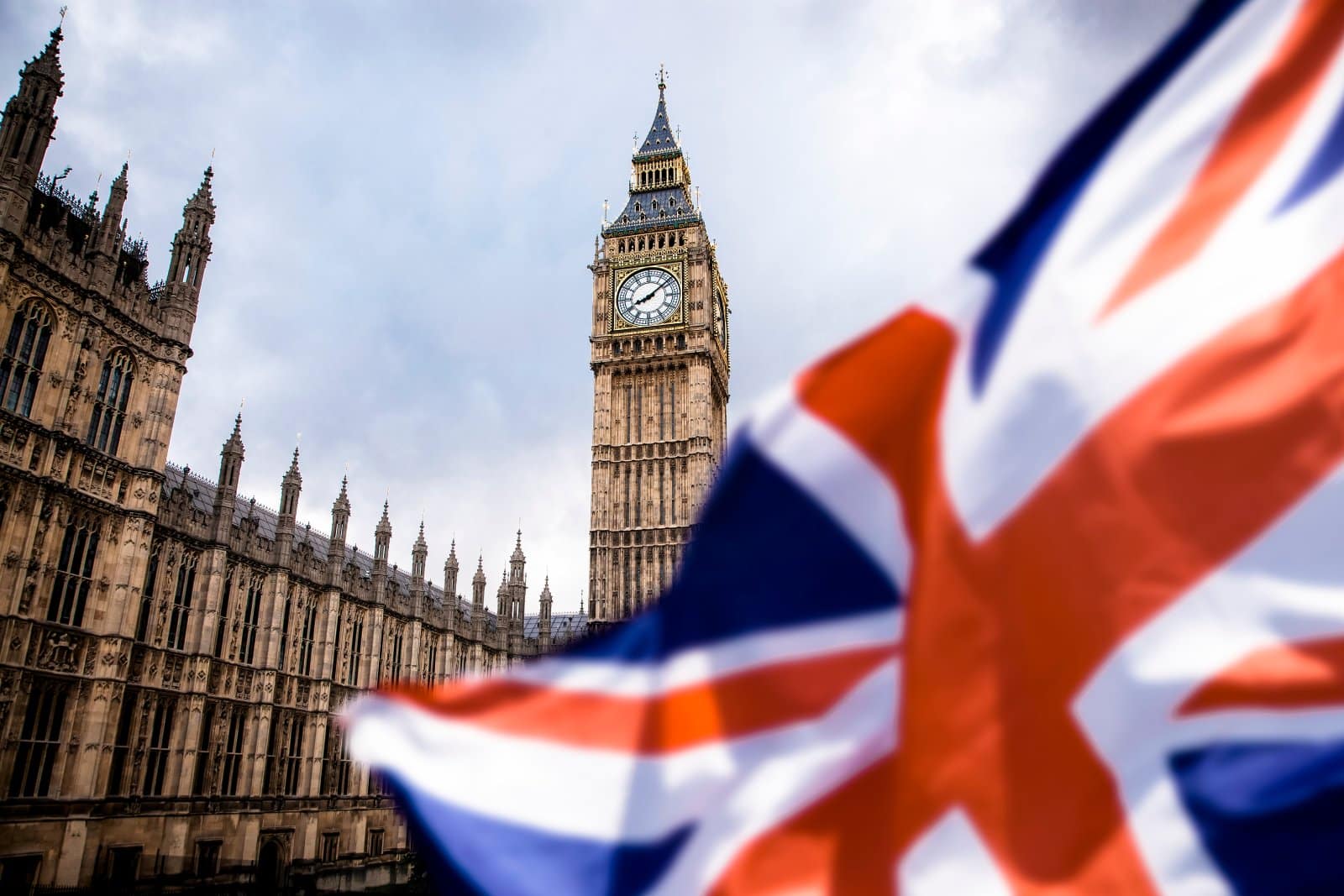
Despite some concerns about the UK’s anaemic growth slowing in the future, overall, the UK’s economic recovery appears to be gaining momentum, driven by solid growth in the services sector.
Interest Rate Cuts Possible

Slowing wage growth, though bad for workers, is easing inflationary pressures, which has raised the possibility of further interest rate cuts, which could support continued economic growth.
Economic Uncertainty Remains

However, with the new Labour government and the Bank of England remaining cautious over the country’s economic outlook, it remains to be seen whether the most recent figures will show a corner has been turned or prove to be a small smooth patch on a previously bumpy road.
Featured Image Credit: Shutterstock / Mistervlad.
The images used are for illustrative purposes only and may not represent the actual people or places mentioned in the article.

